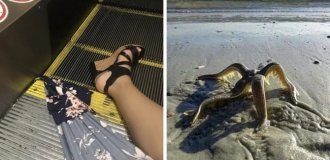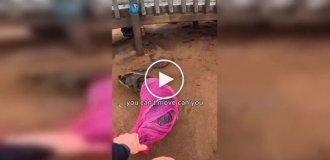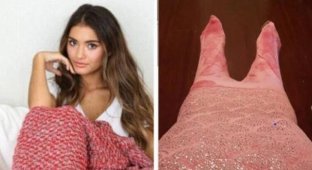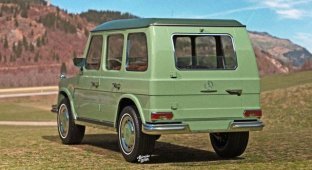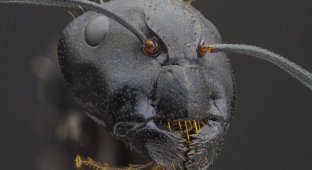Dangerous profession: how a food delivery courier invented a new type of body armor (4 photos)
Food delivery courier is a very dangerous profession. In this in my time was convinced by Richard Davis, a veteran of the Second World War, who became the owner of a pizzeria and personally brought the products of his establishment clients. 
It was in 1969 in Detroit. Arriving at the indicated address, Davis knocked on the door. It was dark outside, and the voice that invited to go inside sounded somehow suspicious. The city was already one of the most dangerous in the United States, so Davis, just in case, took out revolver. In the room he was met by three, one with a gun. Without becoming waiting to be shot at, the veteran opened fire. He hurt everyone “pizza lovers”, but he himself received a couple of bullets.
Lying in the hospital, Davis reflected on the threats faced by people of much more dangerous professions. And came to the conclusion that they would really need protective clothing that could stop bullets - like the ones that got him in a hospital bed. 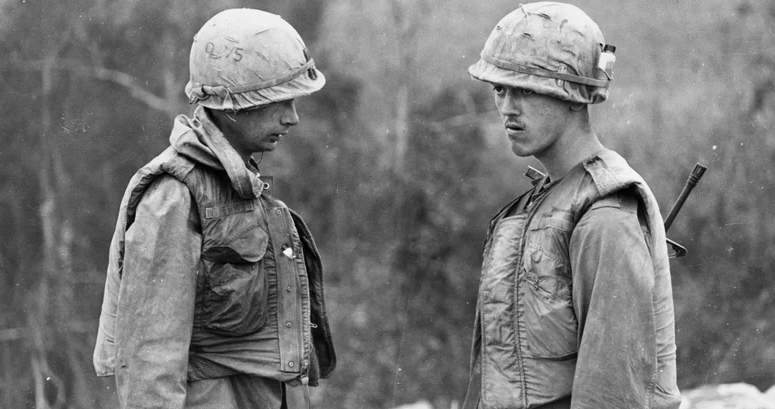
Bulletproof vests already existed by that time. They were used American soldiers who fought in Korea and Vietnam. However, neither police officers, and especially civilians, have no choice in this there was no relationship. Military samples, by the way, did not differ practicality. They were heavy, bulky and poorly protected from "high-velocity projectiles", including shrapnel. Their basis was ordinary steel plates, which, with all the desire, it was impossible relieve.
After recovering from his injuries, Davis began to put his plan into action. a life. His goal was to create a means of personal protection against low-power small arms. An additional incentive for inventor was a series of attacks on law enforcement officers organs using cheap pistols, many of which were sold with discounts in gun shops.
The decision to use fabric as the main element of protection looks paradoxical, but it turned out to be very elegant, somewhere even on the verge of genius. Richard Davis opted for Kevlar.
The inventor who developed Kevlar was a woman named Stephanie Kwolek, who worked for DuPont. In 1964 she created "heat-resistant para-aramid synthetic fiber", which was designed to replace steel in racing tires.
The inventor who developed Kevlar was a woman named Stephanie Kwolek, who worked for DuPont. In 1964 she created a "heat-resistant para-aramid synthetic fiber" that was intended to replace steel in racing tires. 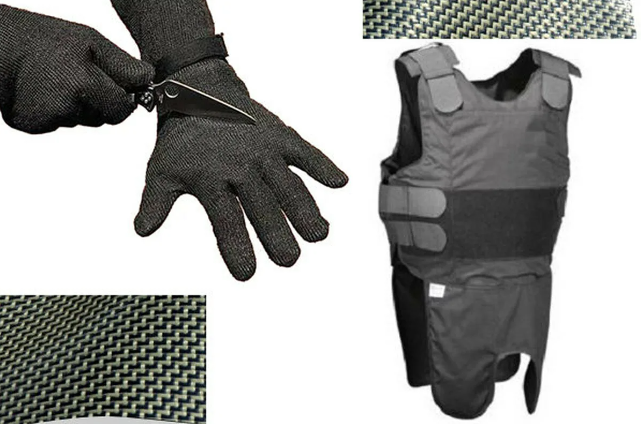
Kevlar can be made in the form of threads or sheets, after which put together into anything. Between the chains of this polymer arises hydrogen bonding, which increases rigidity. Kevlar's tensile strength ten times more than steel.
Kevlar allowed Davis to prototype body armor with rectangular back and front inserts, which stopped revolver and pistol bullets.
In 1970, Richard Davies founded Second Chance. Second Chance), which produces a new type of bulletproof vests. From that very moment the inventor had to deal with the most difficult task of his rich adventures of life - advertising. Responsible police officers didn't like the kid. It seemed too thin and unreliable. All over apparently, they represented the bulletproof vest as something like a piece of steel removed from the tank. Exactly the same disdain was shown by others potential clients.
To convince potential buyers, Davis began to arrange demonstrative presentations of their goods. He tied a bulletproof vest to piece of clay, after which he shot at him. Kevlar stopped bullets, but The “substrate” had dents that confused those present. They they were afraid that the projectile would break the ribs, break the heart or crush the bones chest. In the end, the inventor had to show everything on a living person - on himself. 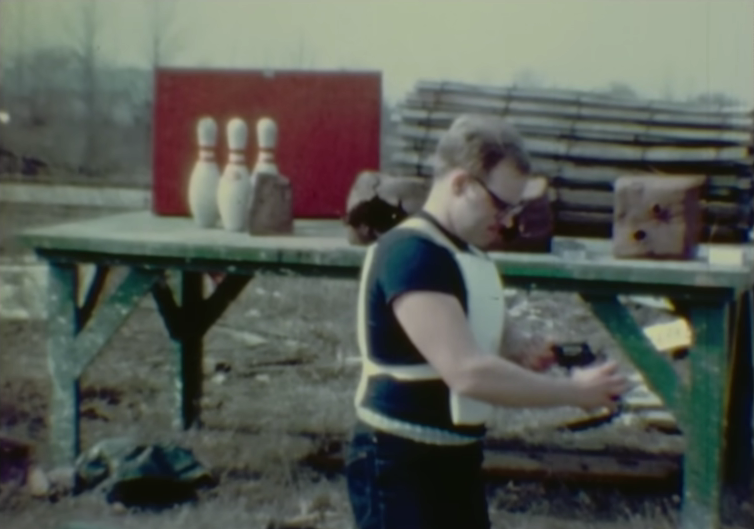
Richard Davis demonstrates the effectiveness of body armor by shooting himself
In 1972, Richard Davis shot himself with a pistol for the first time. 38 gauge. To show that the weapon is not loaded with blanks. cartridges, he immediately shot out several bowling pins. In one from later interviews, the inventor said that in total on such presentations, he had to shoot himself more than 200 times.
Over time, Second Chance products have gained recognition, range expanded and improvedovals. Davis led the company in for 32 years, earning numerous awards and honors. In 2005 he sold his offspring for $45 million to Armor Holdings, Inc."








